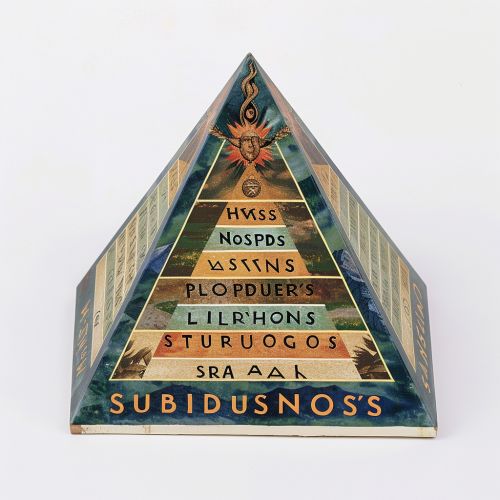Hierarchy of Needs
Introduction
The Hierarchy of Needs is a psychological theory proposed by Abraham Harold Maslow in his 1943 paper "A Theory of Human Motivation". This theory, often depicted as a pyramid, describes the stages of human needs, from basic physiological needs to self-actualization.


Overview
Maslow's Hierarchy of Needs is a motivational theory in psychology comprising a five-tier model of human needs. These needs are often depicted as hierarchical levels within a pyramid. From the bottom of the hierarchy upwards, the needs are: physiological, safety, love and belonging, esteem, and self-actualization.
Physiological Needs
Physiological needs are considered the most important as they are vital for survival. These include the most basic needs that are vital to survival, such as the need for water, air, food, and sleep. Maslow believed that these needs are the most basic and instinctive needs in the hierarchy because all needs become secondary until these physiological needs are met.
Safety Needs
The second level of Maslow's Hierarchy of Needs is safety and security. Once an individual’s physiological needs are satisfied, the needs for security and safety become salient. People want to experience order, predictability and control in their lives. These needs can be fulfilled by family and society (e.g., police, schools, business and medical care).
Love and Belongingness Needs
Once the first two levels are fulfilled, individuals can focus on the third level, love and belongingness needs. This involves emotionally-based relationships in general, such as friendships, romantic attachments and family. Humans need to feel a sense of belonging and acceptance, whether it comes from a large social group, such as clubs, office culture, religious groups, professional organizations, sports teams, or small social connections (family members, intimate partners, mentors, close colleagues, confidants).
Esteem Needs
Esteem needs encompass confidence, strength, self-belief, personal and social recognition, and respect from others. Such needs facilitate the person to feel good about themselves and develop a sense of value. These needs can be categorized into two types: esteem for oneself (dignity, achievement, mastery, independence) and the desire for reputation or respect from others (status, prestige).
Self-Actualization Needs
Self-actualization needs are the highest level in Maslow's hierarchy, and refer to the realization of a person's potential, self-fulfillment, seeking personal growth and peak experiences. Maslow describes this level as the desire to accomplish everything that one can, to become the most that one can be.
Criticisms and Further Developments
While Maslow's theory was widely accepted, it has been subjected to criticism over the years. Some critics argue that the hierarchy is not a hierarchy at all and that the order of needs may vary for different individuals and cultures. Others argue that there are more than five levels of needs. Despite these criticisms, Maslow's Hierarchy of Needs remains a fundamental concept in psychology and is widely recognized in both academic and popular contexts.
